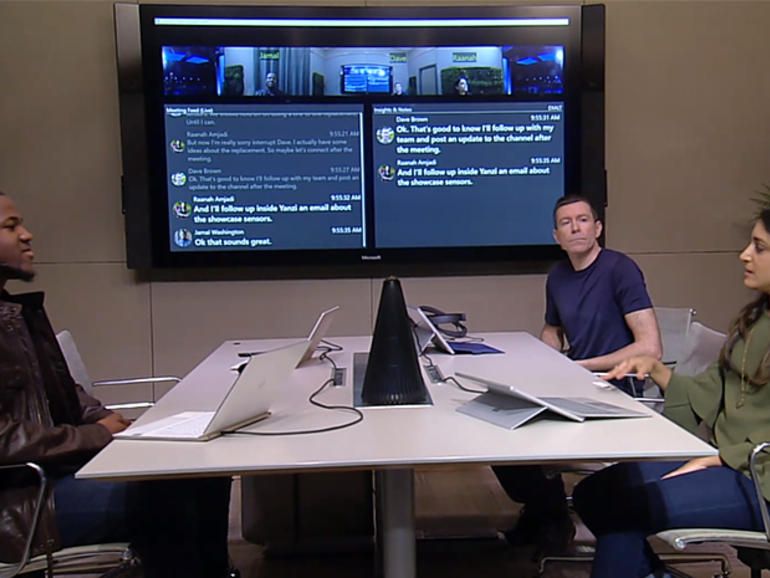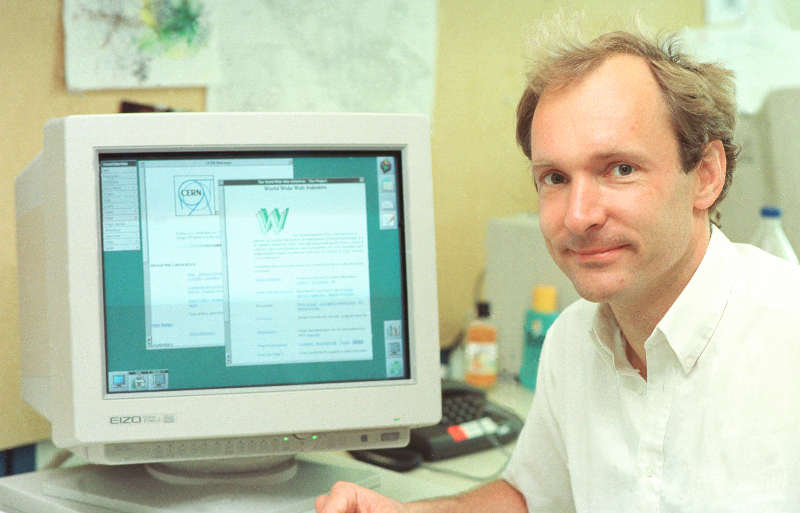Imagine meetings that document themselves using AI tools to add real-time translation and accessibility support. How much of that is the future and how much can you do today?


Artificial intelligence has exploded, and perhaps no one knows it more than Harry Shum, the executive vice president in charge of Microsoft’s AI and Research Group, which has been at the center of a major technological shift inside the company.
Delivering the commencement address Friday at the University of Washington’s Paul G. Allen School of Computer Science and Engineering, Shum drew inspiration from three emerging technologies — quantum computing, AI, and mixed reality — to deliver life lessons and point out the future of technology for the class of 2018.

James Woodward and the Space Studies Institute has a Phase 2 NASA Innovative Advanced funded study. They are looking at the implementation of an innovative thrust producing technology for use in NASA missions involving in space main propulsion.
Dr. Heidi Fearn explained in a video made in 2017 how just scaling the power and size of the Mach effect propulsion causes problems. (heat, arcing and other problems). They currently believe they can scale the device to one newton of propulsion and then create large arrays of the devices for more thrust. The constant thrust could last for years or decades by using a nuclear power source.
For Mach effect propellantless propulsion it will be better to go to an array of smaller devices.

“These findings are disturbing. Suicide is one of the top 10 causes of death in the US right now, and it’s one of three causes that is actually increasing recently, so we do consider it a public health problem — and something that is all around us,” Schuchat said. The other two top 10 causes of death that are on the rise are Alzheimer’s disease and drug overdoses, she noted.
Suicide rates increased by 25% across the United States over nearly two decades ending in 2016, according to research published Thursday by the US Centers for Disease Control and Prevention. Twenty-five states experienced a rise in suicides by more than 30%, the government report finds.
More than half of those who died by suicide had not been diagnosed with a mental health condition, said Dr. Anne Schuchat, principal deputy director of the CDC.

A new approach to fight the aging process: rejuvenating the nuclear membrane.
A new discovery about the effects of aging in our cells could allow doctors to cure or prevent diabetes, fatty liver disease and other metabolic diseases — and possibly even turn back the clock on aging itself.
The new finding from the University of Virginia School of Medicine suggests that fatty liver disease and other unwanted effects of aging may be the result of our cells’ nuclei — the compartment containing our DNA — getting wrinkly. Those wrinkles appear to prevent our genes from functioning properly, the UVA researchers found.
There’s no wrinkle cream for nuclear membranes, but there is a tantalizing possibility: We might use viruses to smooth the membranes’ surfaces — and restore the cells to functioning as they did in the glow of youth.
What did they find out?
NASA’s Curiosity rover has uncovered the best evidence yet that life may have once existed on Mars.
In two separate studies on data collected by the Mars rover over the last few years, scientists identified an abundant source of organic matter in an ancient lakebed, and traced some of the planet’s atmospheric methane to its roots.
The groundbreaking results will help to guide the search for microbial life and improve our understanding of seasonal processes on Mars.
New video from Undoing Aging 2018: Matthew Scholz, founder and CTO of Immusoft, on their work developing a breakthrough platform for treating a variety of genetic diseases.
Accelerating rejuvenation therapies to repair the damage of aging. Berlin, March, 15 — 17.

Hidden in the bones of ancient humans lies evidence of diseases that continue to distress people today. Recently, the examination of two 3,800-year old skeletons revealed the presence of a Yersinia pestis strain, famously the bacterium that causes plague. This strain is now the oldest of its kind sequenced to date, and suggests that the devastation that is the bubonic plague has a Bronze Age origin.
The discovery, published Friday in Nature Communications, pushes back the proposed age of the bubonic plague by 1,000 years. It also adds to the understanding of a disease that is still reported between one and seven times per year in the United States, despite its more ancient reputation: In the U.S. 80 percent of plague cases have been in the bubonic form. Although it’s been present throughout much of recorded history — it was the drive behind some of humanity’s deadliest pandemics including the Justinian Plague and the Black Death — the origin and age of the disease have remained largely a mystery.
“Contrary to previous studies suggesting that Y. pestis was unable to cause disease during that time, we provide evidence that bubonic plague has been affecting humans for at least the last 4,000 years,” study co-author Maria Spyrou tells Inverse.


A breakthrough stem cell treatment that promises the first effective cure for heart disease will be offered to British patients this year, The Sunday Telegraph can reveal.
Hundreds of thousands stand to benefit after regulators approved a major trial of the regenerative drug capable of shrinking fatal scar tissue which follows a heart attack.
The “off-the-shelf” therapy, which can be harvested for thousands of recipients from one healthy donor, will begin being administered to patients at London’s Royal Brompton Hospital in November.